Battle of the Bands: Jawbone UP Vs. 3M Tegaderm Band-Aid
![]() Let me be clear from the start; this wasn’t the comparison I had in mind. A friend loaned me his Jawbone Up around the same time I was expecting my Misfit Shine to arrive in the mail. This was the sensor smack down I had planned.
Let me be clear from the start; this wasn’t the comparison I had in mind. A friend loaned me his Jawbone Up around the same time I was expecting my Misfit Shine to arrive in the mail. This was the sensor smack down I had planned.
But then I baked a blueberry pie. And as I pulled the pie from the oven, my forearm touched the oven door. The result was a second-degree burn, with nasty blisters and pain. I peeled on a 3M Nexcare Tegaderm dressing, a band-aid about the size of a business card.
Over the next week I wore the Up on my left forearm and the band-aid on my right forearm. People commented on both. I started noticing intriguing similarities and differences. This was a battle of the bands that was too good to pass up. Here’s how they subjectively ranked on 11 qualities plus 5 key takeaways for ‘wearables.’
1. Features
Up: Triaxial accelerometer, push-button interface, vibrating motor for notifications, latex-free hypoallergenic rubber band, LEDs, water resistant, connects with apps, lithium-ion polymer battery, up to 10 days of use between charges
Band-aid: Thin, clear, sterile, breathable, waterproof, flexible, latex free hypoallergenic, wear up to 7 days.
Winner: Up
2. Cost
Up: $129.99
Band-aid: $8.50 for a box of 8
Winner: Band-aid
3. Awareness that I had it on
Up: Felt heavy compared to my normal bracelets. Slid around, snagged on things.
Band-aid: Forgot that I had it on. Was literally and figuratively invisible.
Winner: Band-aid
4. Physical Activity
Up: Gave me ‘steps’ for walking, climbing the stairs, and even cycling. Also gave me ‘steps’ for washing dishes, brushing and flossing my teeth, and opening and closing the refrigerator door. (Tracker accuracy is a huge pet peeve of mine; there were too many issues to cover here. See: Is your activity tracking gadget accurate?)
Band-aid: Protected my wound from dirt and sweat while I was racking up all the ‘steps.’
Winner: Tie (based on features, not accuracy)
5. Data in real time 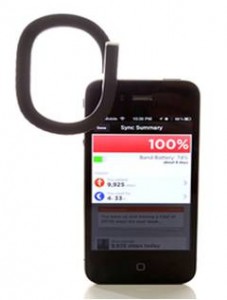
Up: No feedback available on the band during a long trail run. Have to plug into a smartphone to see any data.
Band-aid: Since it’s clear, could continuously monitor the healing process. There’s none of the ‘peeking’ you do with conventional band-aids.
Winner: Band-aid
6. Data over time
Up: Kinda cool to see graphs of data (total sleep, wake time, steps, calories burned, etc.) over time, including over a day or week.
Band-aid: Kinda cool to watch the blisters heal through the clear window.
Winner: Up
7. Water Tolerance 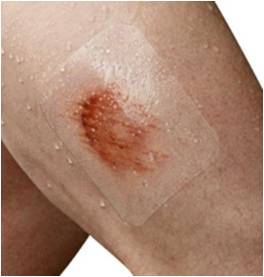
Up: “Splash-resistant, but do not submerge.” Took off to shower, even though it says it’s shower resistant (it’s expensive and it was a friend’s).
Band-aid: Waterproof. Enabled me to take a shower without stinging pain.
Winner: Band-aid
8. Sleep
Up: Estimated how much sleep I got each night, including how much was light vs. deep sleep. The numbers were intriguing and prompted me to try to get to bed earlier. But uncomfortable to wear.
Band-aid: Protected my wound so that I didn’t feel any pain, which enabled me to sleep.
Winner: Band-aid by a long shot. Something that helps me get a good night’s sleep is much, much more valuable that something that measures whether I got a good night’s sleep.
9. Ability to wear for evening out
Up: Rubber coating doesn’t accessorize well with silk.
Band-Aid: Clear window enables dining companions to view blisters.
Winner: Neither. Wore a long-sleeve shirt to hide both.
10. Social Engagement
Up: Can share data through Facebook and Twitter. Can connect with friends who have an Up.
Band-aid: View of wound repelled most friends.
Winner: Up
11. “I want one” factor
Up: People wanted to try it on. They were very curious about how it looked. Some wanted to know how much it cost. But they didn’t want one.
Band-aid: Everyone who saw it and had kids wanted to know where they could buy a box.
Winner: Band-aid
Key Takeaways
1. Skin is in
My painless, seamless experience with the band-aid was an eye opener. There will be a huge market for trackers that adhere directly to the skin and that are comfortable to wear for days at a time (the necessary adhesive technology clearly exists). Since tracker location matters, one benefit of sticker sensors is that they can be worn on different parts of the body. (For examples, see wearable tech Pinterest board.)
2. Invisibility
If a device is designed to be worn 24/7, it needs to become ‘invisible’ to the wearer part of that time. (And if a device is designed to track sleep, it’s extremely important that it doesn’t interfere with sleep.) More than half of people who report tracking, track ‘in their head’ according to the must-read Pew Internet report, Tracking for Health, by Susannah Fox and Maeve Duggan. That’s a great reminder of the importance of the ‘invisible’ experience.
If we’re going to get people to wear sensors, they either have to be gorgeous or invisible. — Sonny Vu, Founder/CEO of Misfit Wearables, quoted at Rock Health’s Innovation Summit
3. Customization
I wanted to change how both of these products looked, depending on the circumstances. Although neither manufacturer currently addresses this, it’s a straight-forward fix.
- Up: Since the band is not a closed loop but rather a coil, sleeves of various materials/colors that slide on over the band to personalize it up could easily be made.
- Band-aid. All I needed was a peel-on sticker in some cool tattoo pattern to at least partially hide my visible wound so I wouldn’t gross out dinner companions.
People should be able to customize the products. Even medical ID bracelets are available in a variety of designs that can be personalized.
More consumers look to design aesthetics to translate to medical devices the way design has permeated consumer goods in retail stores like Target, and in the products of Apple. — Jane Sarasohn-Kahn, The Sensored Self: How Remote Monitoring Could Change Patient Care (PDF)
4. Data
Graphs and charts and numbers can be fun. But sometimes all you need and want is just to see that your blisters are healing. We need to rethink data visualization, especially given the low rates of health literacy and numeracy.
We just aren’t evolved to deal with numbers … we’re not really a numbers animal. — Kevin Kelly, cofounder, Quantified Self, at the Living By Numbers Wired Health Conference
5. Feelings
If someone is going to shell out bucks for a tracking device, it should do something to improve their life. It might help them manage a medical condition, help them train, make them laugh, or lessen their pain.
But to be more than an expensive ‘string tied around the finger’ that prompts someone to do something, trackers should make the wearer feel something, whether it’s strong, cool, smart, happy, in control, or safe. And it should do it while the person is wearing it.
What features are important to you? What features would you change?
Wearable Tech Pinterest Board (> 300 gadgets)
Tracker Comparisons (Just a few of the many great ones available online)
- A Comparative Review – 28 Days with the Fitbit One, Jawbone UP, Nike+ FuelBand, and BodyMedia LINK. Shyam Patel, Get Grok
- Comparing wearables: Fitbit Flex vs. Jawbone Up and more. Lauren Goode, Al Things Digital
- Fitter, happier: an eight-week exercise in using technology to help lose weight. Daniel Cooper, Engadget
- How Accurate Are Fitness Trackers? Gretchen Reynolds, The New York Times
- Nike Fuelband, Jawbone Up, Fitbit One, and Bodymedia Armband Comparison Review. Mark Krynsky, Lifestream Blog
- The great fitness band shootout. Casey Johnston, Ars Technica
- The quantified workout: one run, eight trackers. Dann Berg, The Verge
- The test begins: My life with four activity trackers, fitness bands. Danny Sullivan, CNET
- Trend Alert: Fitness Trackers. Ghada Vanderpool, Mom Trends
Related posts

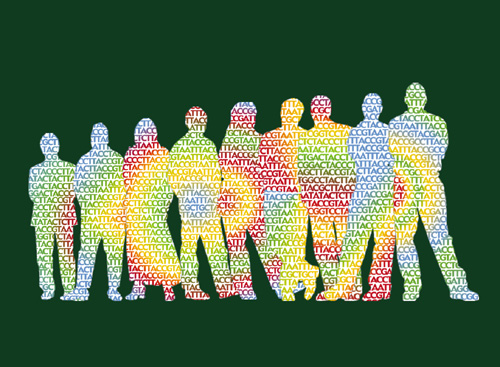
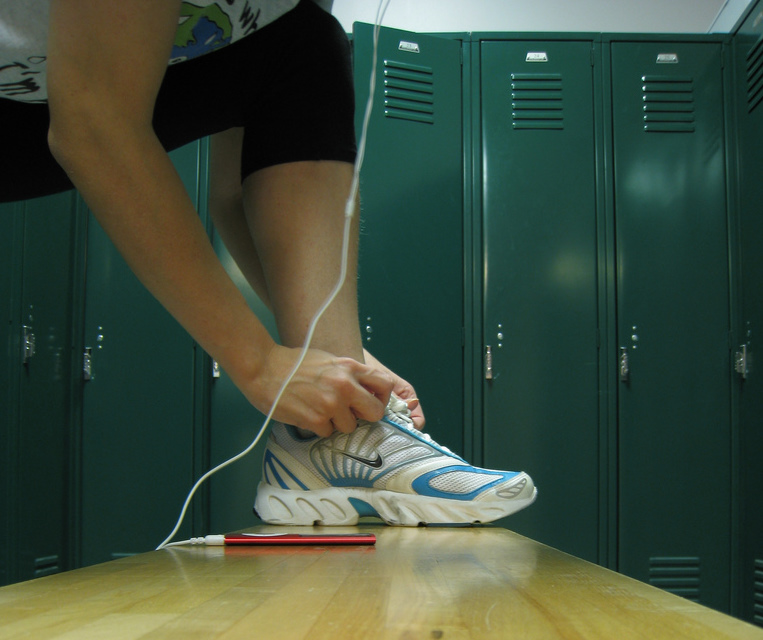
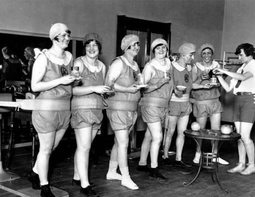

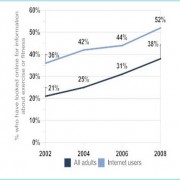
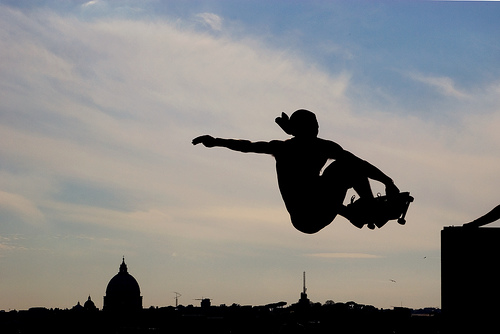
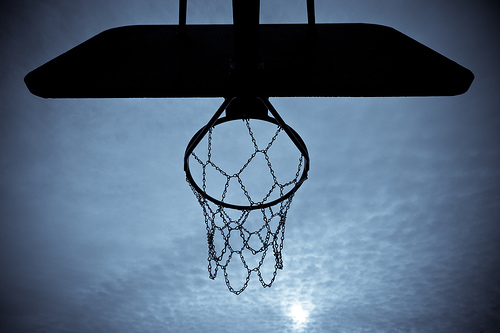

Leave a Reply
Want to join the discussion?Feel free to contribute!